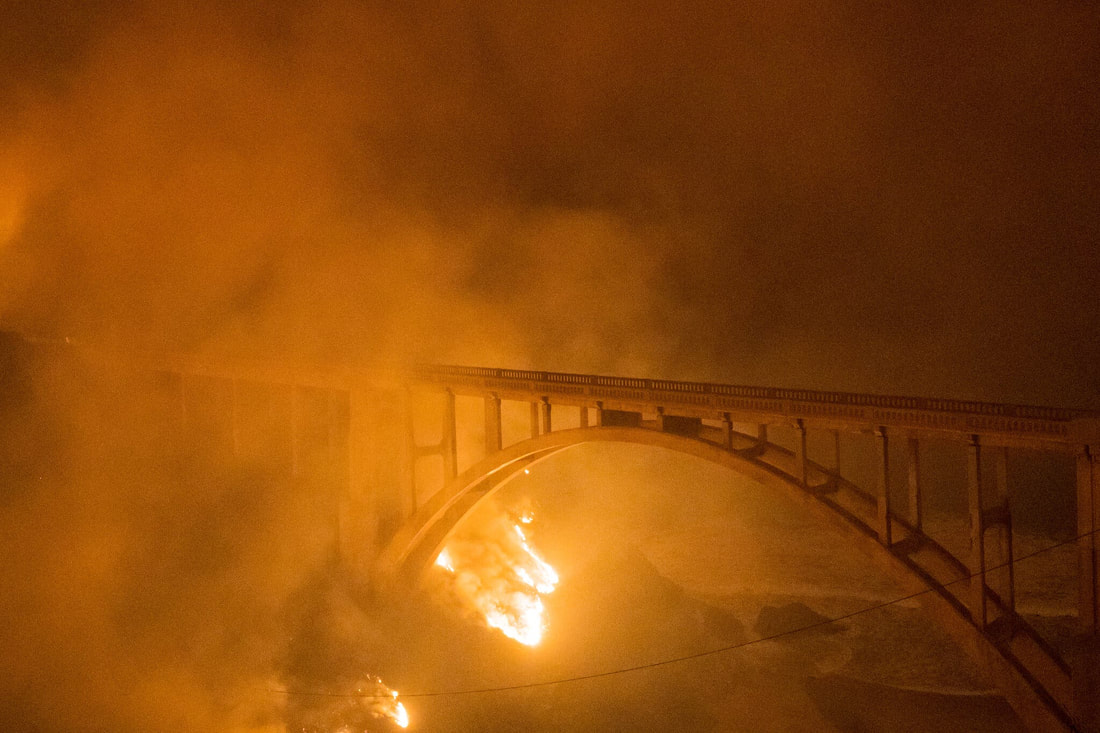Wildfire in January
January 25, 2022
January 25, 2022
|
The wildfire that erupted south of Monterey the night of Friday, January 21 is a powerful reminder that under current conditions there is no “end” to fire season.
Despite heavy rains the last few months of 2021, an extended dry spell to start the new year and strong gusts of 50 mph were enough to create ignition conditions. The prolonged drought in California means vegetation dries out more quickly and seasonal rains have a reduced impact. There are some lessons to be taken from this event, labeled the Colorado fire:
|

